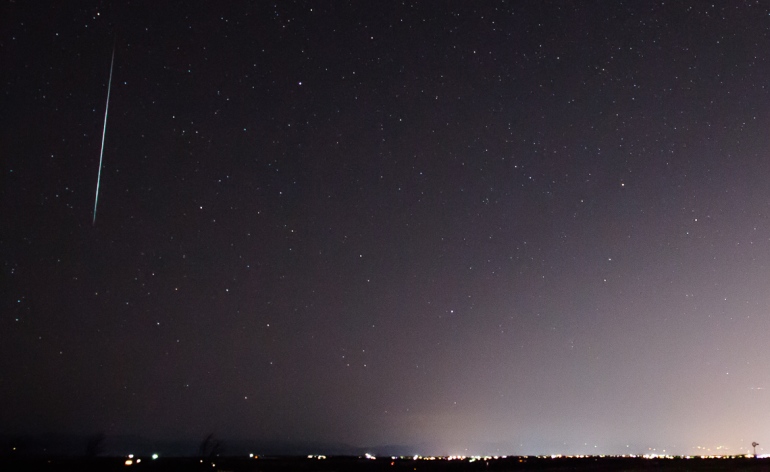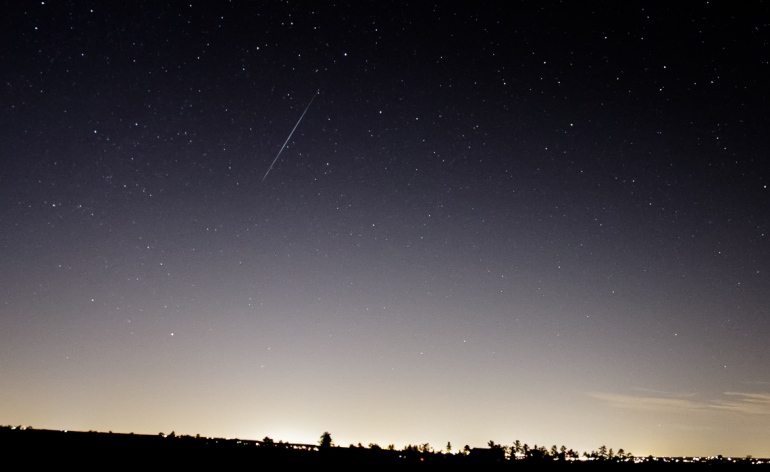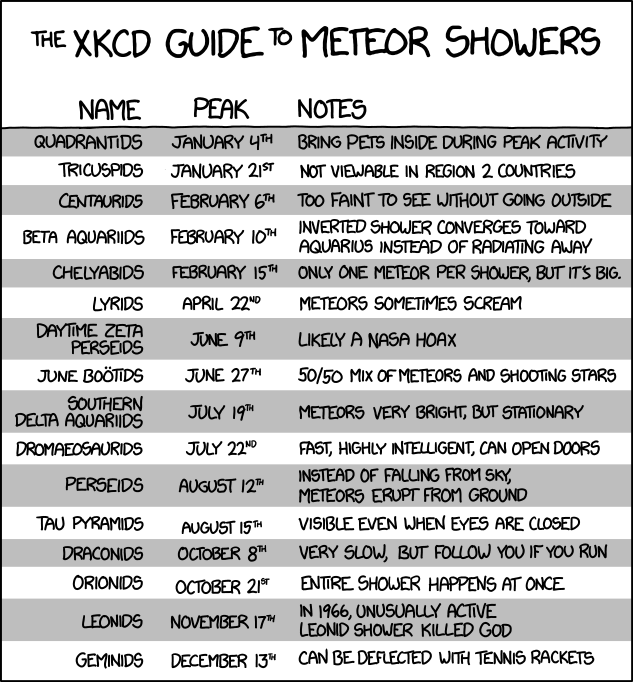CarsonWA said:
Timelapsed from about 10pm-4am here in Tennessee and I was definitely shooting between the clouds. Looked at the footage and haven't seen anything novel yet... Any ideas on how to best capture a meteor shower? Long Exposures?
Actually, shorter exposures at higher ISO are ideal. I usually shoot showers at ISO 3200, with 4 to 6 second shutter speeds. I attach a wireless intervalometer, set it up to take a shot as frequently as possible, set it to maximum number of exposures, and let it rip. (The wireless intervalometer is great for the Geminids, when it can be below freezing outside. You can handily sit inside your car and control your camera without having to venture back out into the cold except to reposition the camera.)
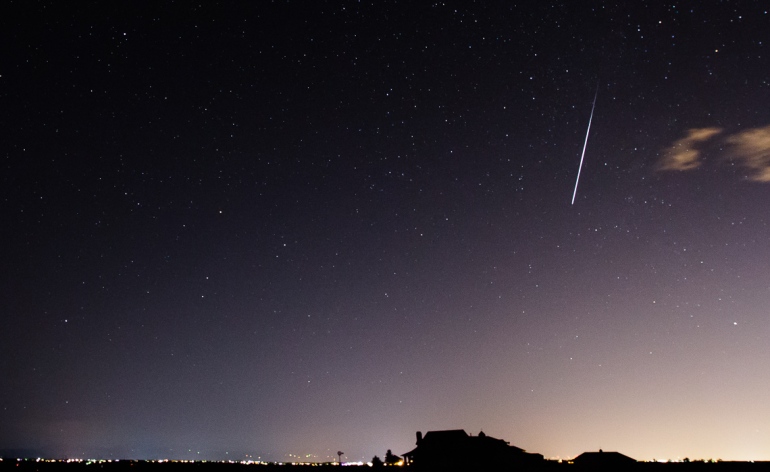
The reason to use higher ISO and shorter shutter is to normalize "time on pixels". You want the amount of time on pixels for the meteors to be as high as, or higher than, the amount of time on pixels for stars. The longer you expose, the longer stars will have time on pixels, where as short-lived meteors will have less, in relative terms. The longer the exposure time, the dimmer meteors will be. The photo above was ISO 3200, 4 seconds. The photo below is what you get with a longer exposure time (in this case, not much longer...6-8 seconds I think, however it was also a dimmer meteor than the one above. A 4 second exposure, at ISO 6400, might have been better.):
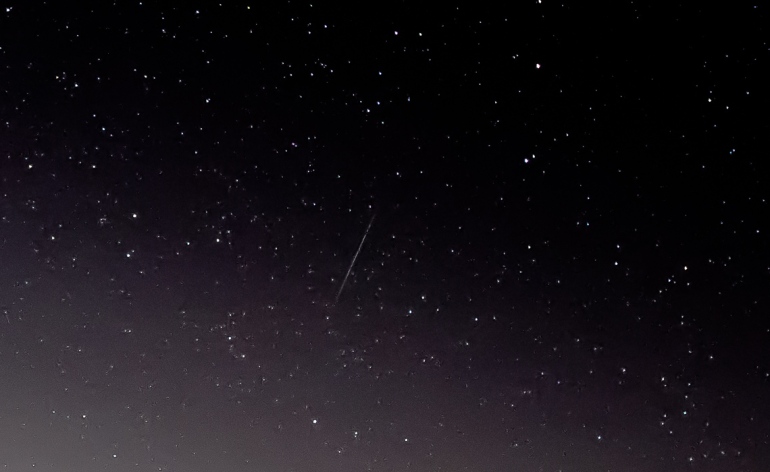
Getting shutter speed right is key. Too short, and you run a greater risk that the inter-exposure time (mirror flap down, intervalometer delay, etc.) will occur when a meteor streaks. Longer, and you are more likely to capture a meteor...but they tend to be too dim to really be exciting. To maximize your potential, having two cameras, at 4-6 second shutter speeds, high ISO, but alternating exposure intervals, will ensure that one camera always has its shutter open, maximizing the chance of capturing a meteor as it enters the atmosphere.
Here are a couple more shots. These were all of the Geminids last December. I have not had a chance to capture any other showers this year. Either too cloudy, or I missed the date. I think the Draconids, which are a slower show, with slower moving but often bright streakers, happens soonish (October?). I'm hoping that the sky is clear when that one occurs... The Draconids had a ZHR of 100 last year, which is pretty high! (About 1.5 meteors per second.) Not sure if it will be that good this year or not.




